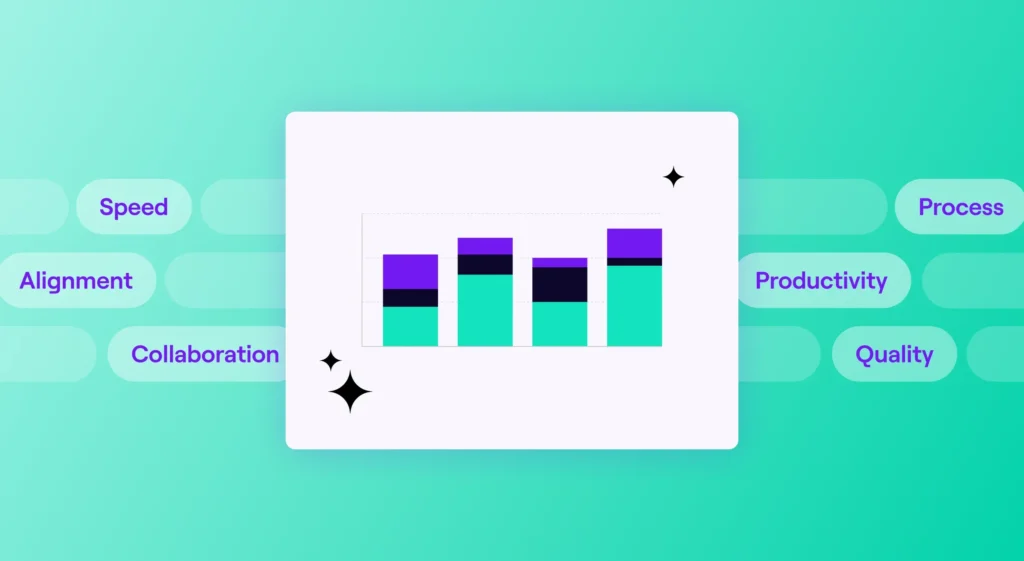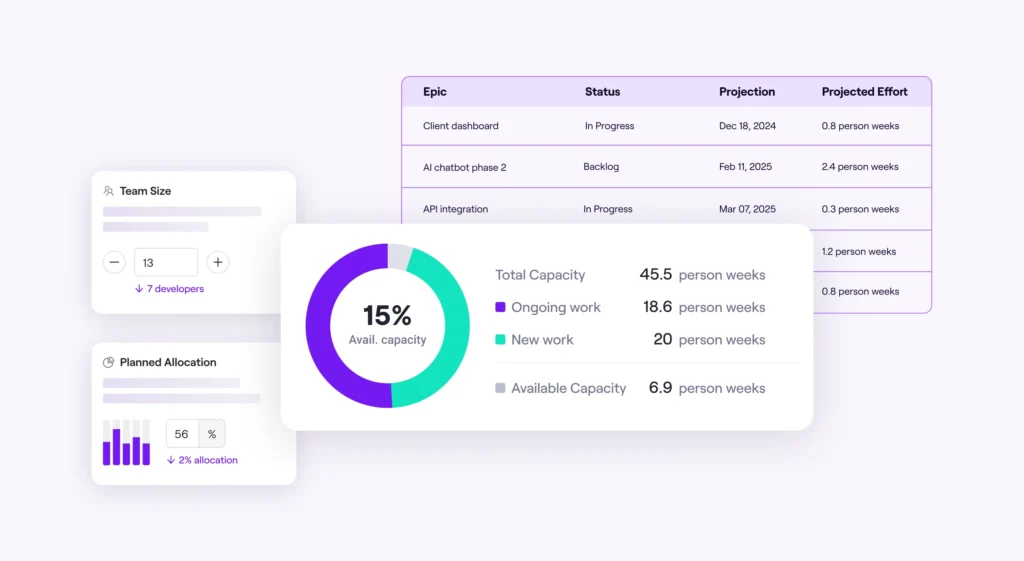 Best Practices Team Health
Best Practices Team Health
Category Archives: Best Practices
 Best Practices Team Health
Best Practices Team Health
 Best Practices Delivery Management
Best Practices Delivery Management
5 Red Flags to Watch for When Evaluating Developer Productivity Tools
 AI Coding Best Practices
AI Coding Best Practices
Guiding AI Coding Tool Adoption with Intention: Best Practices for Engineering Teams
 Best Practices Delivery Management
Best Practices Delivery Management
A Practical Guide to Agile Roadmap Planning
 Best Practices
Best Practices
How to Measure Developer Productivity: Best Practices and Key Metrics to Track
 Best Practices
Best Practices
How To Improve the Software Development Life Cycle Process
 Best Practices Strategy & Planning
Best Practices Strategy & Planning
Engineering Capacity Planning: Processes, Strategies, and Tools
 Best Practices
Best Practices
8 Best LinearB Alternatives & Competitors on the Market Now
 Best Practices
Best Practices
12 Best GetDX Alternatives & Competitors Heading Into 2025
 Best Practices
Best Practices
